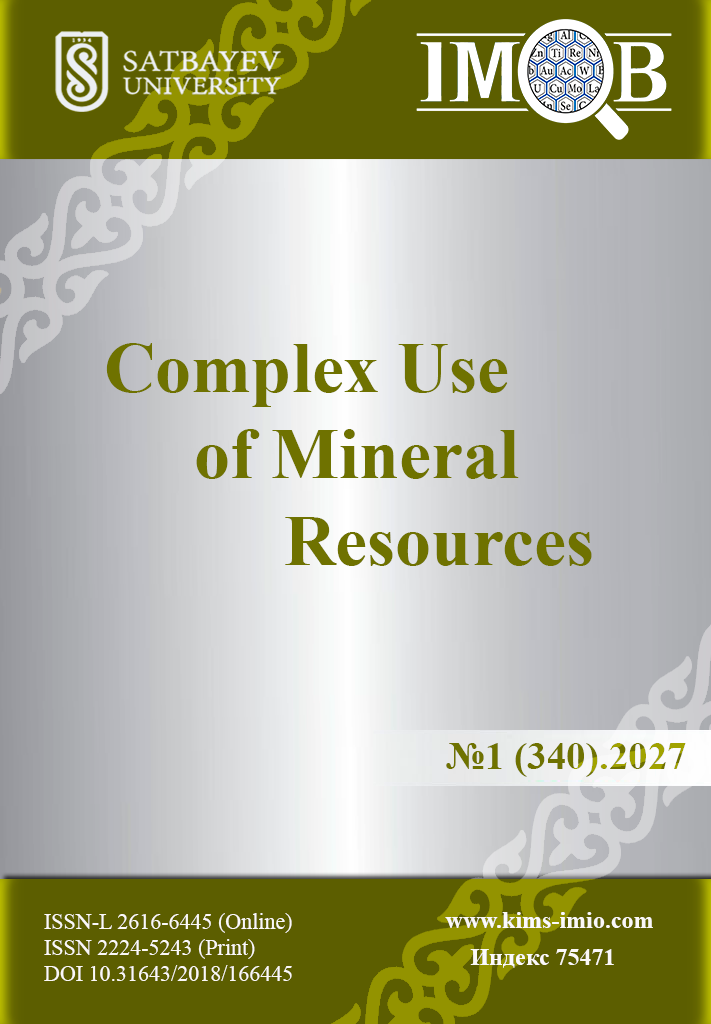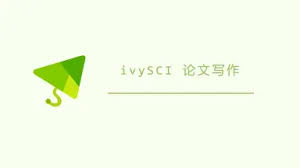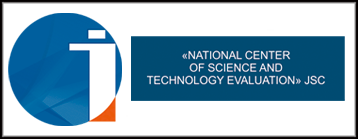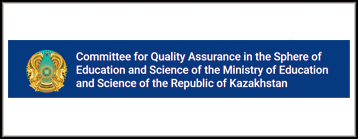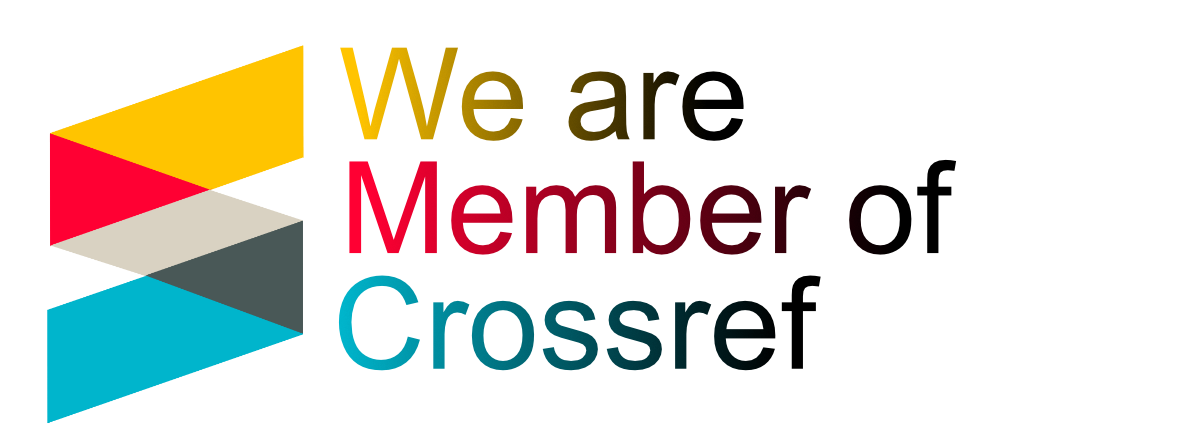Experimental Study on Dry Magnetic Separation of Kharganat Iron Ore
DOI:
https://doi.org/10.31643/2027/6445.06Keywords:
Iron ore, Ore deposit, Mining hydrogeological conditions, Geological exploration.Abstract
A sample of iron ore from the Kharganat deposit was crushed to under 3 mm and subjected to dry magnetic separation, yielding a concentrate with 60.28% iron content and 98.92% metal recovery. When the sample was further crushed to under 1 mm and reprocessed, a concentrate with 66.7% iron content and 95.88% metal recovery was obtained. Through wet magnetic separation, a concentrate with 67.71% iron content and 96.9% metal recovery was produced. The tests confirmed that the most effective method was wet separation after crushing to under 1 mm and grinding for 40 minutes. In terms of beneficiation technology for the deposit, two process schemes—dry and wet magnetic separation—were developed. It was recommended that dry beneficiation be used in production instead of the water-intensive wet method. The sulfur and phosphorus content in the technological samples met standard requirements. Both previous studies and new exploration results were used in the resource estimation. It was confirmed that using a 10% cutoff grade for resource calculation is economically efficient. The minimum thickness of ore bodies was set at 2.0 meters, and the maximum thickness of waste rock at 4.0 meters. Resources were classified into Measured (B), Indicated (C), and Inferred (P1) categories. The geological structure of the deposit is simple, with a stable ore body distribution. The ore body thickness ranges from 5 to 40 meters, with an average of 23 meters. The deposit is suitable for open-pit mining, and no water drainage issues are expected in the initial years. It is planned to build an open-pit mine with an annual capacity of 500,000 tons of ore, with the cost of mining one ton of ore estimated at 4,312.8 MNT.
Downloads
References
Dorj B. Study of Iron Ore Deposits in Mongolia. Publishing House of MUST. 2018.
Tumenjargal S, & Ochirbat G. Mineral Beneficiation Technology. National University of Mongolia Press. 2015.
Gombosuren D. Study of Water Resources in Mongolia and Mine Water Use. UB Press. 2019.
Tang S, Li Y. Experimental study on mineral processing of iron bearing rocks in Bayan Obo West Mine. China Mining Magazine. 2024; 33(1):226-234. https://doi.org/10.12075/j.issn.1004-4051.20230279
Luo Y, Xiao J, Shi Y, Xie B. Experimental study on beneficiation of a low-grade refractory iron ore in Qinghai province. Iron Steel Vanadium Titanium. 2023; 44(5):28-35. https://doi.org/10.7513/j.issn.1004-7638.2023.05.005
Chen H, Du X, Wang Y. Application of Fine Screen in Reconstruction and Expansion process of Iron Mine in Sichuan Province. Multipurpose Utilization of Mineral Resources. 2023; 44(1):168-171. https://doi.org/10.3969/j.issn.1000-6532.2023.01.023
Fu J, Hu S. Experimental Study on a Refractory Low-grade Ferromanganese Ore. Multipurpose Utilization of Mineral Resources. 2021; 42(3):158-164. https://doi.org/10.3969/j.issn.1000-6532.2021.03.025
Champan K, Shauet Kh. Brief Geological Exploration Report of Burd Lake Prospecting Area (4123X), Near the Kharganat Deposit. 2009.
Nunna V, Suthers SP, Pownceby MI, Sparrow GJ. Beneficiation strategies for removal of silica and alumina from low-grade hematite-goethite iron ores. Miner Process Extr Metall Rev. 2021; 43(8):1049-1067.
Nameni A, Nazari M, Shahmardan MM, Nazari M, Mashayekhi V. Separation and trapping of magnetic particles by insertion of ferromagnetic wires inside a microchip: Proposing a novel geometry in magnetophoresis. Journal of Magnetism and Magnetic Materials. 2022; 560:169424. https://doi.org/10.1016/j.jmmm.2022.169424
Golik VI, Dmitrak YuV, Razorenov YuI, Maslennikov SA, Lyashenko VI. Mekhanokhimicheskaya tekhnologiya izvlecheniya zheleza iz khvostov obogashcheniya [Mechanochemical technology of iron extraction from enrichment tailings]. Izvestiya. Ferrous Metallurgy. 2021; 64(4):282-291. (In Russ.). https://doi.org/10.17073/0368-0797-2021-4-282-291
Tang D, Yan Y, Tian X, Wu L, Wang F. Separation mechanism of a pneumatic dry low-intensity drum magnetic separator and optimization of magnetic fields. Minerals Engineering. 2025, 231. https://doi.org/109451 2025 10.1016/j.mineng.2025.109451
Fariss AHB, Ibrahim AII, Ozdemir AC, Kursunoglu S, Altiner M. Beneficiation of Low-Grade Iron Ore Using a Dry-Roll Magnetic Separator and its Modeling via Artificial Neural Network. Journal of Sustainable Metallurgy. 2025; 11(2):1133-1149. https://doi.org/10.1007/s40831-025-01030-5
Alikulov Sh, Toshov J, Mussin R, Rabatuly M, Tolovkhan B, Bogzhanova Zh, Gabitova A. Study of rational solution parameters during in-situ uranium leaching. Mining of Mineral Deposits. 2025; 19(1):37-46. https://doi.org/10.33271/mining19.01.037
Toshov JB, Rabatuly M, Bogzhanova ZhK, Zheldikbayeva AT, Malikov ShR, Toshov BR, Ergashev OS. Influence of Radiation and Magnetic Pulse Treatment on The Wear Resistance of Carbide Tools. Kompleksnoe Ispolzovanie Mineralnogo Syra = Complex use of mineral resources. 2026; 337(2):47-54. https://doi.org/10.31643/2026/6445.16
Chaib A, Bouabdallah S, Ferfar M, Dovbash N, Bellucci S. Investigation of Physicochemical Characterization and Magnetic Enrichment Of Iron Ore From Sidi Maarouf Deposit. Technology Audit and Production Reserves. 2024; 1(3(75):37-42. https://doi.org/10.15587/2706-5448.2024.297846
Ministry of Mining and Heavy Industry of Mongolia. Iron Ore Mining and Export Report. Ulaanbaatar: MMHI. 2020.
Khongor O. Report on the Results of Prospecting and Exploration for Cement Raw Materials in Khovd and Uvs Provinces. GAF No. 4820.
Sukhbat Ch, Vanchindorj B. Results Report of 1:50,000 Scale Geological Mapping and General Prospecting Work Conducted in Ulaangom Area, 1998–2000 (M-46-77-VG, 78V, 89-ABVT, 90-AB). 2000. GAF No. 5320.
Jamyandorj Ö, Bespechinsky VS. Report of 1:200,000 Scale Geological Mapping Work Conducted in the Great Lakes Depression, 1974–1975. UB, 1975. GAF No. 2740
Downloads
Published
How to Cite
Issue
Section
License
Copyright (c) 2025 B. Khussan, A.N. Yesendosova, A.A. Kenetayeva, M. Rabatuly, Zh.Sh. Matayev, J. Duissyen, J.B. Toshov

This work is licensed under a Creative Commons Attribution 4.0 International License.

